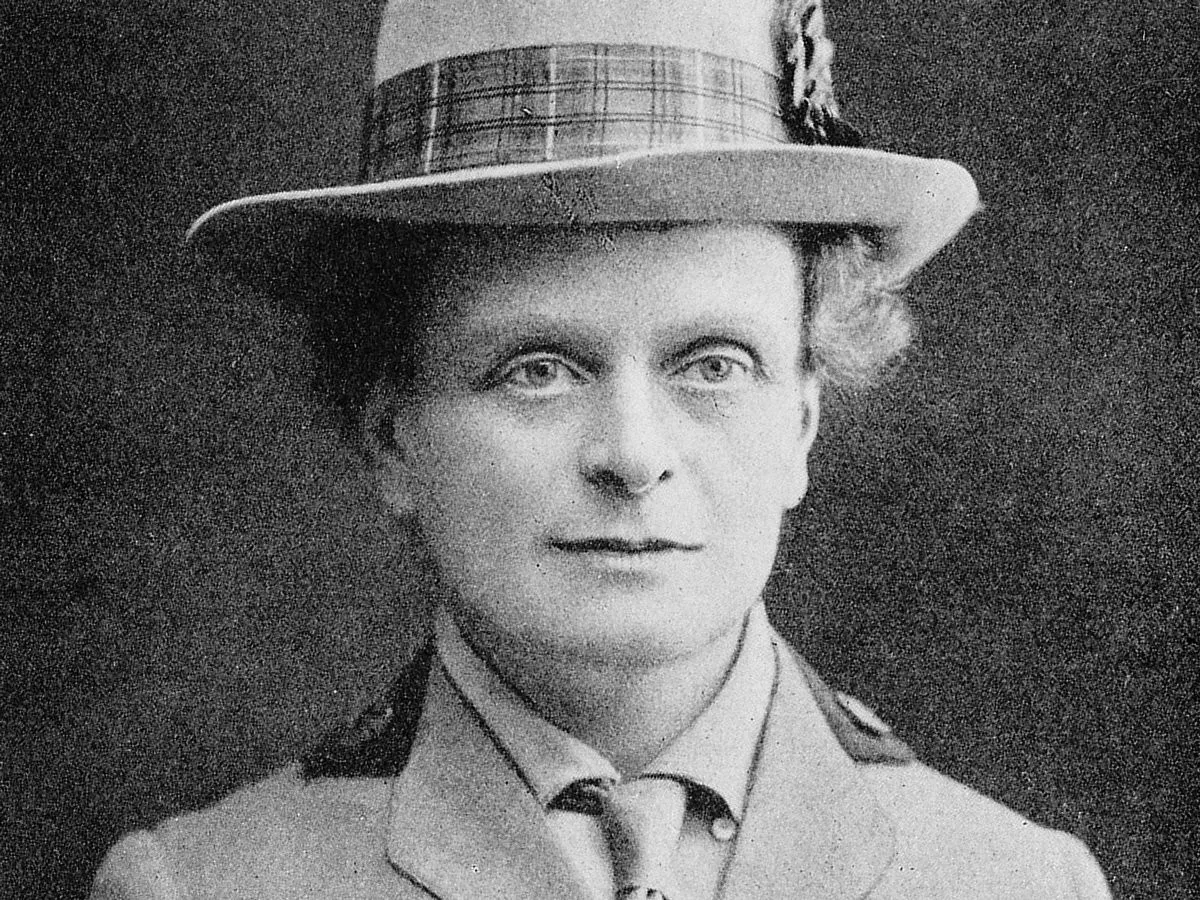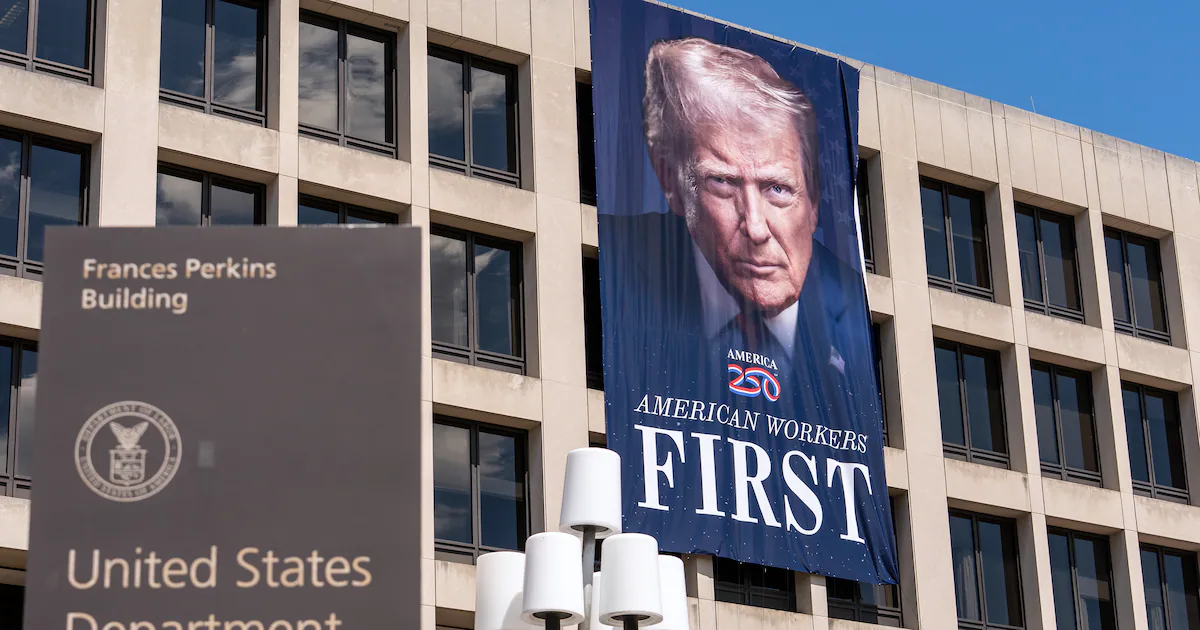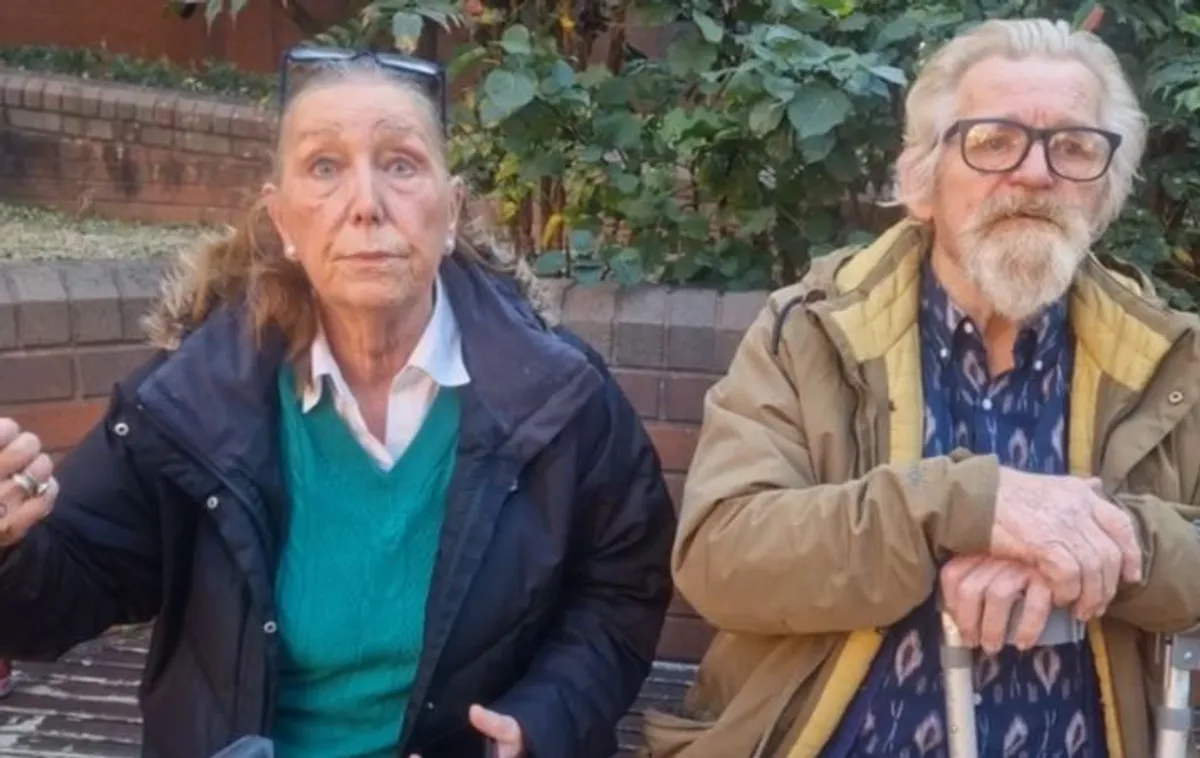By Ambarish Awale
Copyright dailyrecord

A pioneering Scottish doctor who transformed women’s healthcare and played a critical role in the First World War is to be honoured with a permanent statue on Edinburgh’s Royal Mile. Dr Elsie Inglis, a suffragist and surgeon who defied official rejection to establish the Scottish Women’s Hospitals , will become the first woman to be commemorated with a statue on the historic street. Councillors have approved the plans, which will see the memorial installed at New Assembly Close, opposite the commemorative plaque at 219 High Street marking the site of The Hospice maternity hospital that she founded in 1904. Dr Inglis’s great-great-great niece, Clea Thompson, told BBC Scotland News she was delighted by the decision. “It is a great moment for women,” she said, adding that the statue will be a fitting tribute to the doctor’s achievements and her legacy. Born in India in 1864 to John Forbes David Inglis, a senior official in the Indian civil service, Elsie Inglis returned to Britain as a child. After receiving a private education she enrolled at the newly opened Edinburgh School of Medicine for Women, founded by Dr Sophia Jex-Blake, and later completed her training under Sir William MacEwen at Glasgow Royal Infirmary. She qualified in 1892 as a licentiate of both the Royal College of Physicians and Surgeons of Edinburgh and the Faculty of Physicians and Surgeons of Glasgow. Motivated by the poor standards of care for women, she became active in the Scottish Federation of Women’s Suffrage Societies while also establishing herself as a practising doctor. Her early career included a period at Elizabeth Garrett Anderson’s New Hospital for Women in London, followed by time at the Rotunda maternity hospital in Dublin. She returned to Edinburgh in 1894, forming a medical practice with fellow student Jessie MacGregor and opening The Hospice maternity hospital to provide care for poor women. Despite her achievements, Inglis faced prejudice. At the outbreak of the First World War, she offered her services to the British Army but was famously told by the War Office to “go home and sit still” because women doctors were not permitted in frontline hospitals. Undeterred, she turned to Britain’s allies and went on to establish the Scottish Women’s Hospitals. Between 1914 and 1918, she raised the equivalent of £53 million in today’s money, creating 17 hospitals across France, Corsica, Greece, Macedonia, Romania and Serbia. Staffed by around 1,500 women from Scotland, as well as volunteers from New Zealand, Australia and Canada, the units provided vital treatment to soldiers and won international respect. Dr Inglis’s tireless efforts continued even as she battled ill health. She died of cancer on 26 November 1917, aged 50, the day after she returned to Britain from service overseas. Her funeral in Edinburgh was marked by widespread mourning, and she was hailed as a national heroine. In 2017, a century after her death, a memorial was unveiled in Edinburgh bearing a quote from Winston Churchill: “She will shine forever in history.” The forthcoming statue will be funded through donations and campaigners hope it will stand as a permanent recognition of her contribution to both medicine and the advancement of women’s rights. Dr Elsie Inglis, a suffragist and surgeon who defied official rejection to establish the Scottish Women’s Hospitals, will become the first woman to be commemorated with a statue on the historic street. Councillors have approved the plans, which will see the memorial installed at New Assembly Close, opposite the commemorative plaque at 219 High Street marking the site of The Hospice maternity hospital that she founded in 1904. Dr Inglis’s great-great-great niece, Clea Thompson, told BBC Scotland News she was delighted by the decision. “It is a great moment for women,” she said, adding that the statue will be a fitting tribute to the doctor’s achievements and her legacy. Born in India in 1864 to John Forbes David Inglis, a senior official in the Indian civil service, Elsie Inglis returned to Britain as a child. After receiving a private education she enrolled at the newly opened Edinburgh School of Medicine for Women, founded by Dr Sophia Jex-Blake, and later completed her training under Sir William MacEwen at Glasgow Royal Infirmary. She qualified in 1892 as a licentiate of both the Royal College of Physicians and Surgeons of Edinburgh and the Faculty of Physicians and Surgeons of Glasgow. Motivated by the poor standards of care for women, she became active in the Scottish Federation of Women’s Suffrage Societies while also establishing herself as a practising doctor. Her early career included a period at Elizabeth Garrett Anderson’s New Hospital for Women in London, followed by time at the Rotunda maternity hospital in Dublin. She returned to Edinburgh in 1894, forming a medical practice with fellow student Jessie MacGregor and opening The Hospice maternity hospital to provide care for poor women. Despite her achievements, Inglis faced prejudice. At the outbreak of the First World War, she offered her services to the British Army but was famously told by the War Office to “go home and sit still” because women doctors were not permitted in frontline hospitals. Undeterred, she turned to Britain’s allies and went on to establish the Scottish Women’s Hospitals. Between 1914 and 1918, she raised the equivalent of £53 million in today’s money, creating 17 hospitals across France, Corsica, Greece, Macedonia, Romania and Serbia. Staffed by around 1,500 women from Scotland, as well as volunteers from New Zealand, Australia and Canada, the units provided vital treatment to soldiers and won international respect. Dr Inglis’s tireless efforts continued even as she battled ill health. She died of cancer on November 26, 1917, aged 50, the day after she returned to Britain from service overseas. Her funeral in Edinburgh was marked by widespread mourning, and she was hailed as a national heroine. In 2017, a century after her death, a memorial was unveiled in Edinburgh bearing a quote from Winston Churchill: “She will shine forever in history.” The forthcoming statue will be funded through donations and campaigners hope it will stand as a permanent recognition of her contribution to both medicine and the advancement of women’s rights.



